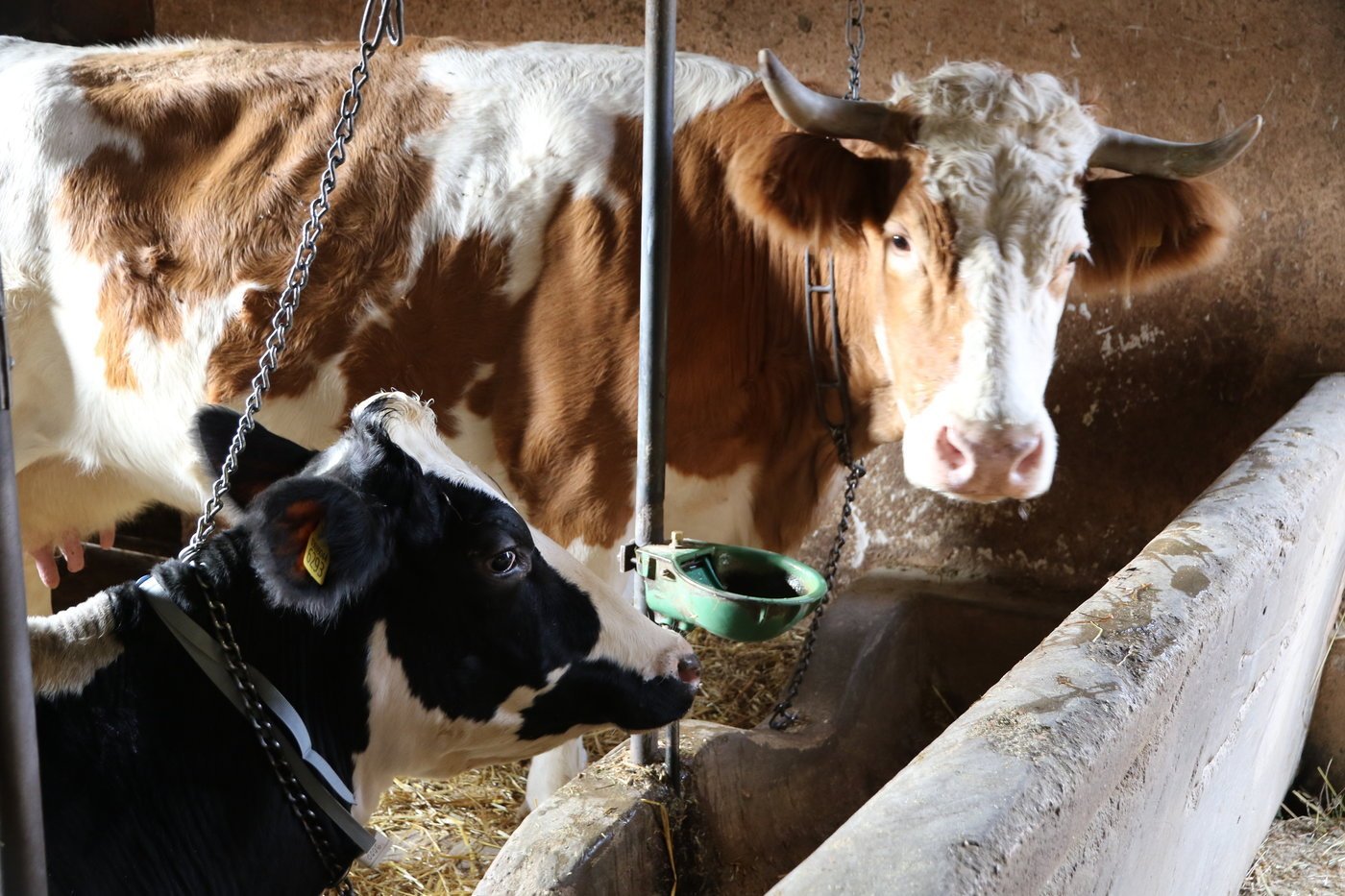
Animals can feel an earthquake coming. For years it was doubted whether that was possible. In an international study it has now been established that cows, sheep and dogs actually show remarkably restless behavior a few hours before a quake. However, before animal behavior can be used to predict earthquakes, researchers still need to observe a large number of animals over long periods of time in various earthquake zones around the world. For this purpose, they plan to use the global observation system Icarus at the International Space Station ISS, which will begin its scientific work in a few weeks.
The researchers of the Max-Planck Institute of Behavioral Biology in Constance/Radolfzell, Germany, and the Center for the Advanced Study of Collective Behavior of the University of Constance provided sensors to animals in the earthquake region of northern Italy. Months of observations showed that the closer they were to the epicenter, the earlier the strikingly turbulent behavior began.
Anecdotal accounts
It is a matter of controversy among experts whether exact earthquake predictions are possible. However, animals seem to feel the imminent danger hours in advance. For example, there are reports that wild animals leave their roosts and nesting places just before strong earthquakes and pets become restless. But these anecdotal reports break down under scientific scrutiny because the definition of striking behavior is often too unclear and the observation period too short. In addition, other factors may also explain the behavior of the animals.
For their research on an Italian farm in the earthquake zone, the scientists selected six cows, five sheep and two dogs which had behaved unusually before a quake. They were given collars with acceleration sensors. In the research period of a few months, the official authorities reported about 18,000 earthquakes in that region. In addition to many small and barely noticeable quakes, there were also twelve earthquakes with a magnitude of four or higher on the Richter scale.
Objective, statistical criteria
The researchers then selected the tremors that caused statistically relevant land movements on the farm. These were strong tremors up to 28 kilometres away and weaker ones whose epicenters were very close to the farm. However, instead of explicitly looking for behavioral abnormalities in the period before these events, the researchers opted for a more cautious approach. They first marked all behavioral changes of the animals that stood out according to objective, statistical criteria.
“In this way, we can not only make correlations afterwards, but also really have a model that can be used for future predictions,” says the head of the study, Martin Wikelski. To evaluate the data – the body movement of the animals was measured, reflecting the degree of activity – time series analysis methods from econometrics were used, which are used in the financial sector, among other things.
“Since each animal reacts differently depending on its size, speed and species, they exhibit a heterogeneity comparable to the behavior of investors in the financial market,” explains co-author Winfried Pohlmeier, Professor of Econometrics at the University of Constance. The scientists also took into account other disruptive factors, such as natural changes in the activity patterns of animals during the course of the day.
Striking behavioral patterns
The researchers discovered striking behavioral patterns up to 20 hours before an earthquake. “The closer the animals were to the epicenter of the menacing quake, the sooner they changed their behavior. This is exactly what one would expect if physical changes occurred more frequently at the epicenter of the threatening earthquake and became weaker as they moved further away,” explains Martin Wikelski. However, this effect only became this clear when the researchers looked at all the animals together. “Collectively, the animals seem to show skills that are not so easy to recognize on an individual level,” says Wikelski. It is still unclear how animals can feel imminent earthquakes. It is possible that animals can use their fur to feel the ionization of the air caused by the high rock pressure in earthquake zones. It is also conceivable that animals can smell gases released from quartz crystals before an earthquake.
“Three hours later there was a quake”
What an early earthquake warning system using input from animals could look like is shown by the data measured by the researchers and recorded since December 2019. A chip on the collar of the animal sends the movement data to a central computer every three minutes. This computer gives a warning signal if it records a significant increase in the activity of the animals for at least 45 minutes. Scientists have already received such a warning signal: “And indeed, three hours later, there was a small quake in the region whose epicenter was directly beneath the animals’ stalls,” says Martin Wikelski.
Photo: The cow in front is wearing an earthquake sensor. © MPI f. Narrative biology / MacCine
Also interesting: Better analysis of earthquakes thanks to artificial intelligence

